Between shower bands of Tropical Storm Debbie I had classes in Central Florida this past weekend. Among the first plants we saw was Vaccinium myrsinites (shiney blueberry) below left. It’s a blueberry about as high as your knee with blue/black fruit. Blueberries can be black and huckleberries, usually black, can be blue. We sampled a few which gave me the opportunity to mention the adage that there are no toxic crown berries.
The blueberry is a crown berry. If you look at the end of the berry that’s farthest from the plant it has a little stylized crown. Such berries can be bitter, woody, sour or sweet but not toxic. No sooner had I said that than we came across a species I had not seen in fruit and it had a crown berry. While crown berries are not toxic one does not eat what one does not know. The challenge became to identify the species. After Hawthorns, of which there may be 100 species or 1000, comes blueberries. Every blueberry species has been renamed at least once and there is no agreement on how many species there are in North America — 40? 65? — or what they look like. It depends on who is doing the writing, what criteria they use, and how good they observe.
Blueberries in Florida are far different than elsewhere. In New England where I grew up the small blueberries could cover 10 or 100 acres. Blueberry fields. Here they are sporadic. Up north the fields were burned annually by machines designed to do just that. Near harvesting time another machine laid the field out in rows with string. One picker would work one row across the entire field. Harvesting blueberries with a “rake” is hard work, like digging up clams, bent over and back-breaking.
The other kind of blueberry was high bush, eight to 12 feet high, usually on ledge. You had to compete with deer and bears but coming home with a washtub full of blueberries was quite possible and we did it often, and in a short amount of time. We also picked “clean” at my mother’s insistence. No leaves or bugs included. Several decades later and twelve hundred miles south what high bush “blueberries” I had seen in Florida were actually huckleberries. So the first order of identification on the trail was to determine if the species was a blueberry or a huckleberry. That’s fairly easy to do.
Huckleberries leaves have brilliant gold spots on the underside of the leaf. These are not ho-hum gold spots. They are vigorous, sparkling, in-your-eye spots shimmering like lighted jewels. They are best seen with a 5X magnifying glass. But, if the sun is out and you hold the leaf to the sun you can see with the unaided eye the brilliant spots. As in this case it was Tropical Debbie overcast but the magnifying glass said no gold spots. Also huckleberry fruit have exactly 10 seeds. While they may have some grit as well the number of seeds is constant and specific: 10. We counted 11 or 12 twice. This bush, and others we saw, was not a huckleberry. I took pictures, a sample, and after class dug into the Green Deane library.
How to identify this blueberry? First I checked with an authoritative source on the native species of blueberries in the state. Top of the list was Vaccinium corymbosum, a species I encountered in Maine. While the source said the species was in Florida the USDA said it was not. I took that with a grain of sea salt because the USDA can be so wrong. Whether a plant is present or not in a given area is not the USDA’s best maintained data base. They just don’t update their maps well. An author on Florida trees said Vaccinium corymbosum did grow in Florida but only northern Florida, which is essentially the width of the panhandle east to the Atlantic. This plant was at least 100 miles south of that area. However I found a second and contradictory federal reference that said Vaccinium corymbosum grew in the county I had the class in so I was back on track, maybe.
Another author said Vaccinium corymbosum is covered with warts on the stem. So I put my sample under a dissecting microscope at the tenth power. I saw black spots. A spot is not a wart. Dalmatians have spots. Wicked witches of the west have warts. I suppose at some level of enlargement a spot becomes a wart but what I saw was spots, not warts. Also the reference said the Vaccinium corymbosum has hairs arranged in lines on the stems. I took a look. My specimen was having a bad hair day. It had hair all over the stem but not in lines. I also let hover in the back of my mind that corymbosum is Dead Latin for “flat top cluster” and the fruit on the plant I was trying to identify did not have fruit in clusters. So while the plant was growing in the right environment it was not keying out to be the Vaccinium corymbosum. More than that it just did not look like the blueberry bushes I picked over up north.
Next on my list was Vaccinium arboreum (farkleberry.) Sometimes the botanical name helps and sometimes it does not. Arboreum means tree and this was not a tree nor did it have the right bark. Third on the list was Vaccinium darrowii. It was eliminated immediately because it, like the Vaccinium myrsinites, it is around knee high and this was a shrub four to six feet high. Vaccinium myrsinites and Vaccinium darrowii however do look very similar except Vaccinium myrsinites has little glands on stalks on the underside of the leaf (you will need #10 lens to see them) while the Vaccinium darrowii does not. Also the Vaccinium darrowii‘s leaves, berries and flower stalks are usually covered with a powdery bloom that can be easily wiped off. Next on my list was Vaccinium stamineum.
Vaccinium stamineum (deerberry) is called that because the male part of the flowers, the stamen, are very long, see right. And I noticed the fruit were on long petioles, 3/4 to an inch long. (The stem between the fruit/blossom/leaf and the main stem is a petiole.) I looked at other pictures of the species and the fruit was on long petioles and sparsely distributed. Perhaps I was on a roll. Vaccinium stamineum grows in central Florida and it was in the right environment, scrub and hardwood that was often wet and near water.
The next bit of identification was encouraging. Vaccinium stamineum leaves are white underneath. In fact ovalish leaves that are white underneath are the identifying charcteristic of the species from other blueberries. And these were white underneath. Right place. Right look. Right time of year. I was getting closer. At a mid-Atlantic university website that is good though botanically conservative I was dealt a setback. It said Vaccinium stamineum berries are green when ripe not blue or purple. It specifically emphasized the berries are not blue or purple when ripe, only green. Setback. I had tasted ripe dark purple berries. However, this brings up an important instructive point in identification of plants; check several reputable sources. I went to another site I respect, Floridata, and it said the fruit is red to purple when ripe. Conflict: One says green, one says red to purple. I consulted a third authority who said the berries can be green when ripe or red or purple. Always check multiple sources. Sometimes it pays off in your favor.
At the moment Vaccinium stamineum is the winner. Only a check of the blossom this fall or in the spring will identify it for certain. Like the species and the genus, this opinion is subject to revision.
Classes: We went traisping around the Florida landscape this past week dodging Tropical Storm Debbie with classes in Ocala and Deland. A find both days was Creeping Cucumber, or Melothria pendula. Looking like watermelons the size of jelly beans these tasty little treats will be producing from now until cold weather shuts them down. Remember, eat the light and medium green ones but not the dark green or black ones.
Saturday, June 30th, Mead Garden, 1500 S. Denning Dr., Winter Park, FL, 32789, 9 a.m.
Sunday, July 1st, Colby-Alderman Park: 1099 Massachusetts Street, Cassadaga. Fla. 32706, 9 a.m.
IS THIS PLANT EDIBLE? For a surprisingly simple question there is often a complicated answer. If it’s sea kale, then the answer is yes, top to bottom. It is edible. It is doubtful anyone has ever died from eating sea kale. If the plant is poison hemlock, no it is not edible. You’ll be dead before it leaves your stomach for the small intestine. Between these two are all the other plants.
I have a foraging friend, Dick Deuerling, who is now in his his 90’s. When it came to wild plants he would say “I only eat the good stuff.” Well… like the word “edible” what is “good”? And how many wild plants are edible, and good and how many are toxic? It depends upon the definitions.
If you were to look at an average 20 acres on an average place on earth with average rainfall and temperatures you might find an average of 5 to 10 percent of the species edible. We can split at 7%. This will vary with more at the equator and much less in the tundra Clearly it is more efficient to learn the edible plants than the non-edible ones. Then there is the issue of poisonous ones. Again it depends upon the definition (though I have read there are no poisonous plants in the tundra.)
I can remember the first time I heard someone refer to acorns as poisonous. To me they were just bitter because of tannic acid. Yet, if you managed to eat a lot of acorns with tannic acid you would be sick, probably not deathly sick but ill nonetheless. So there is a range with “toxic” plants, those that make you mildly ill to those that can kill you within a few minutes, seconds if refined. Which brings me to a plant like the Urena lobata.
I debated whether I should to put the U. lobata on my site or not, whether to do a video on it or not. Even when cooked the young leaves have disagreeable texture. It is like eating sandpaper that turns to sand and then is finally swallowable. Edible, nutritious, but not good or tasty. Yet it sustains people and its roots are very medicinal. So I put it in the famine food category.
Let’s take this a step further. Pokeweed is a good example of a common plant which if prepared incorrectly will kill you. There is no way to sugar-coat that reality. Harvest it wrong, prepare it wrong and you can easily be dead. Yet, it is a delightful green of spring when prepared correctly. It is September as I write and I still have poke in my freezer from April.
Recently I read that the American Indians showed settlers how to cook pokeweed. I’d like to know if that is a fact or an assumption. The natives called the plant “red” because of the color of its stalk. They also used it medicinally. Eating it was a different issue. The Alabama tribes noted that white settlers ate the young leaves but the Alabamans did not. So, why doubt whether the American Indians taught the white man how to cook the pokeweed?
Poke must be boiled at least twice to get rid of the toxins. Boiling has not been among man’s cooking choices for too long. Before metal most boiling was done in dug out logs or skin bags with hot rocks. In North America clay pots for boiling didn’t come into being until about 2,000 years ago. No matter how done boiling was a laborious affair usually reserved for big game. Cooking pokeweed, which required two boilings for very little caloric payoff, was doubtful. Pokeweed as a food did not come into its own until humanity had a relatively quick and easy way to boil water. Metal pots was the foremost request the Europeans had from the native population. If natives did not boil much before that it would mean that pokeweed has been a “food” for man for only a split second of his history. Said another way, if we were hunters and gathers from 10,000 years ago we probably would not be eating pokeweed, or cashews, or tapioca, or cassava or even many beans. In fact, we probably were not eating dandelion tops — too bitter — but were roasting the roots in the fire. Personally I suspect the Indians learned pokeweed leaves were edible boiled in their pursuit of using the plant for medicine. Leaves for food were not worth the caloric expenditure but as a medicine the plant was.
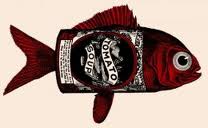 Thus we eat many wild foods that were not eaten long ago in the absence of boiling. We also eat a lot of contemporary plants there were not food in the past: Orange carrots, sweet apples, red peppers, cauliflower…tomatoes with flounder genes…. the list is long. We eat a lot of things — wild and cultivated — we did not eat thousands of years ago. While perhaps not toxic is this food we were designed or evolved to eat?
Thus we eat many wild foods that were not eaten long ago in the absence of boiling. We also eat a lot of contemporary plants there were not food in the past: Orange carrots, sweet apples, red peppers, cauliflower…tomatoes with flounder genes…. the list is long. We eat a lot of things — wild and cultivated — we did not eat thousands of years ago. While perhaps not toxic is this food we were designed or evolved to eat?
That all makes the question, “is this plant edible?” rather tough in many cases. A few are clearly yes, a few are clearly no, and in between there lies much. What about a tomato with a flounder gene? (So it can withstand cold better.) Has it been eaten by large numbers of humans for many centuries to prove it is safe? How about the pokeweed for that matter? Is there a higher cancer rate among pokeweed eaters? It has mitogens and those promote cell division. Then again, I eat poke only a few times every year, where as I can eat a fish tomato daily, or a diet soda, or processed cheese food with more additives than a junior chemistry set.
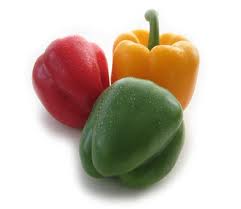 What about the foods that are considered really safe, a yellow pepper for example. How long has it been around? It actually comes from a rather toxic family. How many people have to eat it over how many years to prove it’s actually safe? Much produce is now hybrids, meaning if man did not make them they would disappear off the grocery shelf. Nature rarely hybridizes. Are these hybrids really safe? Indeed, most of the produce in a produce section was not around in its current form a few centuries ago. They are not as estranged from the human diet as the fish tomato but they are not what our ancestors ate. And if that is not confusing enough we get products taken off the market as toxic when that is very doubtful. Sassafras is an excellent example. The amount of safrole in an old fashion glass of root beer was less harmful than the alcohol in a glass of real beer. Yet safrole is now highly controlled. In short, our foods are highly manipulated, and what is good may not always be good and what is bad may not always be bad.
What about the foods that are considered really safe, a yellow pepper for example. How long has it been around? It actually comes from a rather toxic family. How many people have to eat it over how many years to prove it’s actually safe? Much produce is now hybrids, meaning if man did not make them they would disappear off the grocery shelf. Nature rarely hybridizes. Are these hybrids really safe? Indeed, most of the produce in a produce section was not around in its current form a few centuries ago. They are not as estranged from the human diet as the fish tomato but they are not what our ancestors ate. And if that is not confusing enough we get products taken off the market as toxic when that is very doubtful. Sassafras is an excellent example. The amount of safrole in an old fashion glass of root beer was less harmful than the alcohol in a glass of real beer. Yet safrole is now highly controlled. In short, our foods are highly manipulated, and what is good may not always be good and what is bad may not always be bad.
Now when I am asked is that plant edible I say humans have been eating it for a long time, or a short time, almost no time, or not at all. Occasionally I can say they ate it in the past but not today. The longer I study plants, and forage, and the more I eat and the older I get, the more I am convinced how they ate thousands of years ago, and what they ate, was better and healthier than today.
To donate to the Green Deane Newsletter click here.

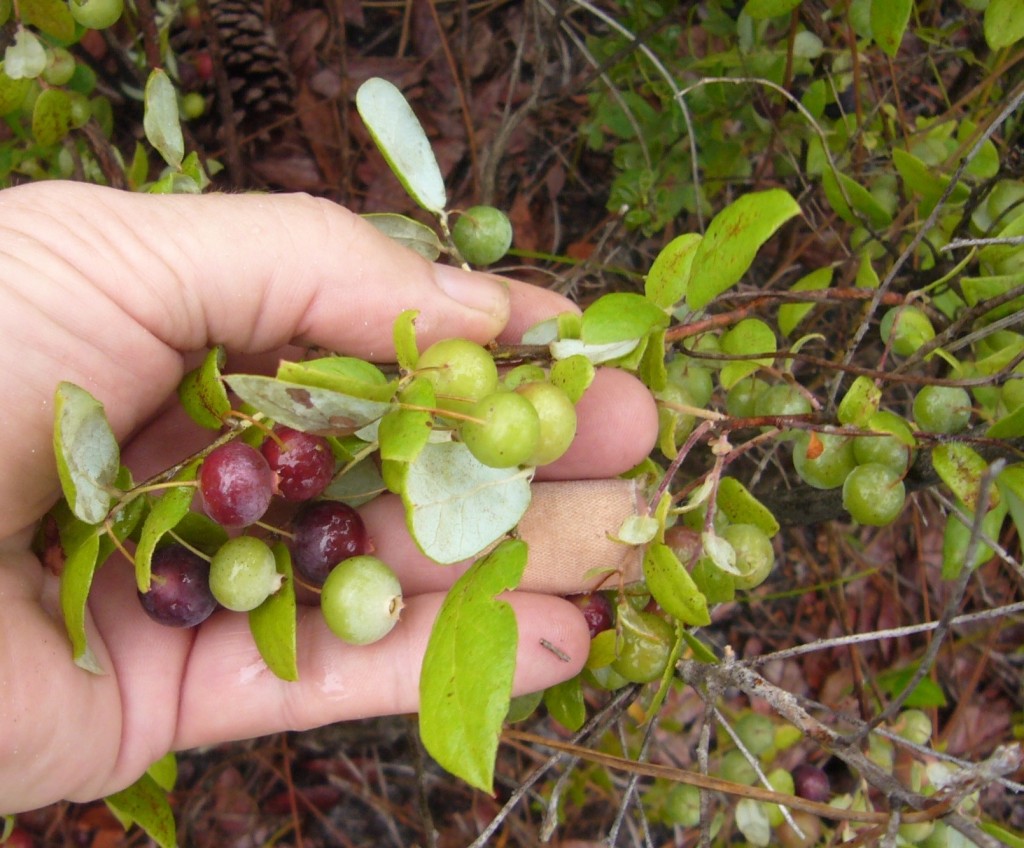
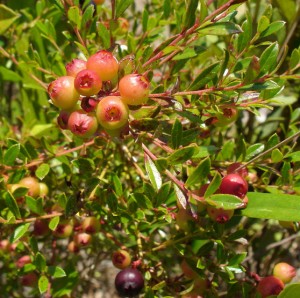
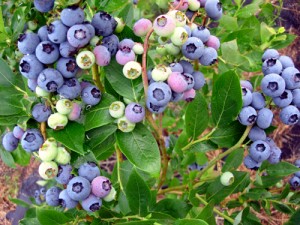
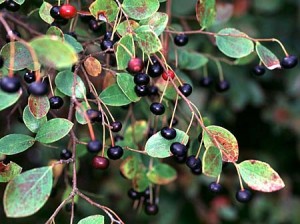
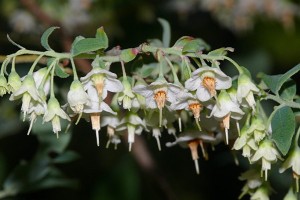
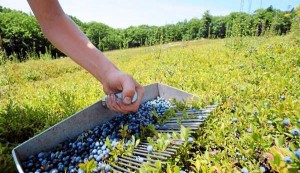
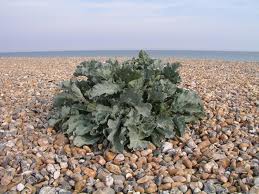
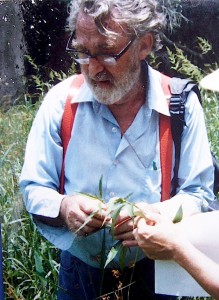
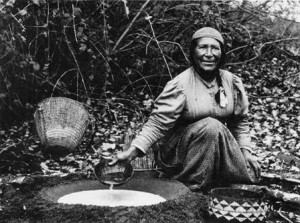
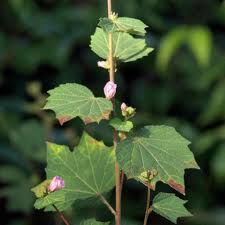
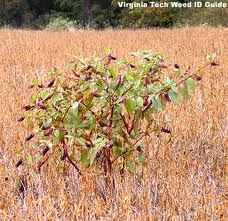

so true…
love this-
thank you
a thought:
asian peoples may have had steaming/boiling a lot longer than us western peoples…and pickling with fermentation. these processes could alter compounds in plants a good deal, making them available for both medicine and food use, one would think.
New reader here – but not new to the mysteries of food. In a college history class we had been told to write a paper on any history subject that interested us, that it would have to be presented orally in class, it would count for 50% of our grade so choose wisely and get the professor’s approval first. I got an A+ for a history of human diet I titled “I Prefer Mastodon”. In the course of researching this I went vegetarian for a while, amped up my cooking skills and lost 10 pounds, mostly a direct result of learning what was in much modern ‘convenience food’. The grand finale in class was a recital of what sounded like a laboratory experiment but was actually the list of ingredients from the box of a frozen lemon meringue pie.
I am no longer vegetarian, though my meat consumption is minimal and very selective. I’ve seen eggs, coffee, coconut and many other food alternately vilified and sung praises to. While I still read all the news I have settled for moderation in all things, and I grow as much as possible in my organic garden. Better than half of what I “weed” goes into the kitchen rather than the compost heap, but I know I still have so much to learn. This sounds like a good place to learn some of it 😉
Have you written a reference book? I love the info in your artcles. It woukd be great to have a book to refer to.
I’d like to but publishers can be a pain to find.
GD writes: “We sampled a few which gave me the opportunity to mention the adage that there are no toxic crown berries.”
I know the word “berry” is used colloquially; but botanically speaking, the family doesn’t include blackberries but does include avocado, I think. So does this adage apply to berry-looking fruits on bushes and trees or only to true berries?
I don’t know of any “berry-looking” fruit that are crowned. Do you?
Does anyone if it’s possible to buy huckleberry bushes that are like the old mountain huckleberries of Tennessee? They don’t seem to be available in the wild anymore. My mother used to make the most delicious huckleberry pies from them.
i would have given up on the plant after the first death!
Thanks for the ID of Vaccinium stamineum! They are joining the shiny blueberries & some elderberries in a pie this afternoon.
In your study of nightshade vegetables (tomatoes, potatoes, eggplant, peppers and blueberries) is there a safe version of these plants or a part that will not ignite inflammation.
I have many clients which suffer from inflammatory disorders. I am always getting questions such as: Are there peppers which do not fall into the category or parts of the tomato which can be eaten. I have had to add blueberries to the category and they also cause the same reaction for my clients.
I still don’t know the difference between elderberries and deerberries. 😖 I need to know by tomorrow for a school project!
Sorry I just saw this…. the flowers are very different and of a different size. Thus the fruit is different and arranged differently. Perhaps when fruiting the most distinctive difference is the deerberry is shaped like a blueberry and has a faksw crown on top where as the green elderberry does not have a false crown on top.